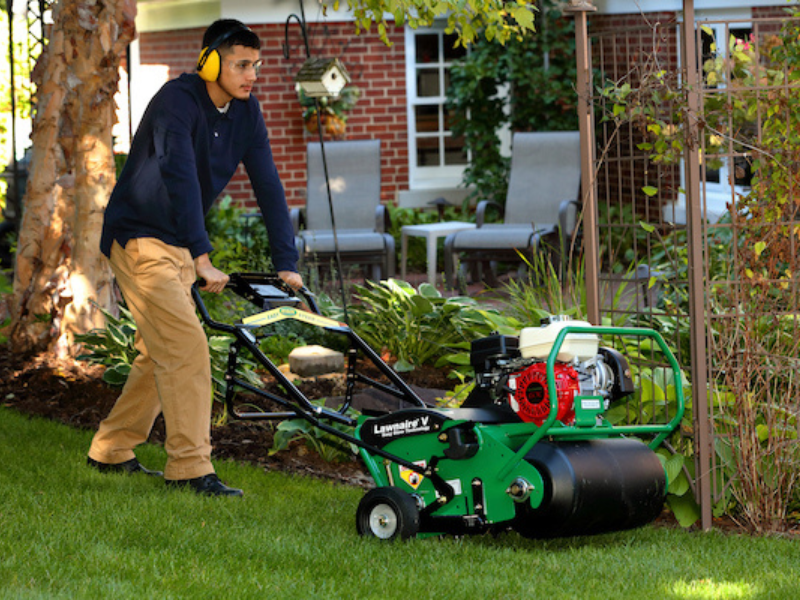Climate Solutions: How to Manage Weeds Without Toxic Chemicals

What is a weed? A plant whose virtues have not yet been discovered.
— Ralph Waldo Emerson
Before discussing how to eliminate weeds, there are some common weeds that are both edible and nutritious. Harvesting free greens from our gardens is one way to approach the plants we did not intend to have in our gardens. For more information on edible weeds, visit the UC Davis Weed Photo Gallery (IPM,) which has descriptions, photographs, and a handy search function. However, if there are unwanted plants in your garden, there are a variety of ways to prevent or remove them without harmful chemicals, including mulching and solarizing. See below for details.
Hoeing or hand digging
This is most effective nontoxic way to eliminate weeds. When the soil is damp from a recent rain or watering, pull out weeds before they establish a deep root system or go to seed. There are many methods that are less labor intensive without using toxic herbicides.
Mulching
Four to six inches of wood chips, compost, or straw (not hay) is an effective way to inhibit weeds in a garden bed. You can recycle newspaper, cotton curtains, or sheets to cover the ground followed by mulch to block out sunlight. Landscape fabric or other inorganic materials should be limited to pathways since the contact of mulch in growing beds help create a healthy garden environment.
Limit water/fertilizer
Only water and feed the plants you want to grow by using drip irrigation or other methods to focus the water on specific areas instead of the entire area.
No-till method of gardening
Tilling or digging your soil brings new weed seeds to the surface. Instead, dig down only as far as new plants or seeds need. Also this will improve the soil structure and the beneficial organisms in the garden.
Shading
When the dirt is shaded by a groundcover or plants that are spaced close together, weed seeds are deprived of sunlight. Planting a cover crop is a wonderful way to both maintain fallow garden beds and prevent weeds.
Boiling water
This is a simple way to eliminate the weeds in driveways and between pavers. It is easy enough to use water left over from cooking to pour on areas that are growing weeds. Since the boiling water cooks the weeds and sterilizes the soil, do not use this in garden beds or under trees.
Solarizing
Another way to cook the weeds is to solarize an area with direct sun during hot weather. Take a clear, heavy piece of plastic, lay it out over the weedy area, and leave the plastic in place, touching the soil for four to six weeks. This method is especially effective if you have recently turned up the soil and the weeds have just started to sprout. Wait until the seeds have a chance to sprout before covering them.
Corn gluten
This corn byproduct will suppress weed germination. Take note that corn gluten cannot be used until after your plant seeds have sprouted.
Homemade herbicides
These are an option in areas where you want to eliminate all plants, since this mix will dry out any sprayed plants. Use a spray bottle with 2 cups of white vinegar, half a cup of salt, and a bit of castile soap (Dr. Bronner‘s). When you spray the leaves (without saturating the soil,) this well dissolved concoction should help you eliminate weeds. It is most effective when used in full sun.
Smother weeds with oil
Use an inexpensive vegetable oil that will cover the weeds and smother them. Vegetable oil is safe to use since it is biodegradable and the bacteria in the soil will process them.
Chemical herbicides are effective for weed control; however, they are toxic to our waterways, our health, and the beneficial organisms that create healthy gardens. Try these tips instead!
